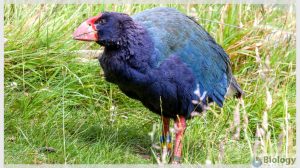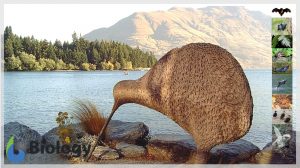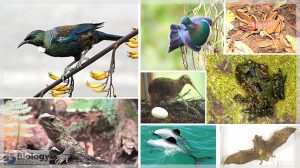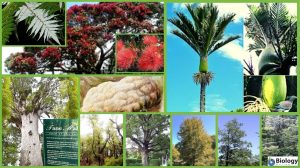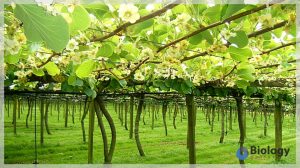
Endemic
adj., [ɛnˈdɛm.ɪk]
Definition: native to a particular area or region or an exclusive characteristic of a thing, place, or concept
Table of Contents
Global biodiversity is under threat and the rate at which species are getting endangered and extinct is alarming. If you look at the summary statistics of the IUCN Red List (Ref-1), you’ll notice some really painful numbers. As these figures are very dynamic, we won’t quote a certain number, but the rates of decline are something we need to look at seriously and with an intention to reprimand human fallacies and blunders.
If you look at the table below, you can not fail to notice the disturbing shoot in the number of endangered species from 1996 to 2021. While in 1996, the total number of endangered species was 1820, and in 2021, it climbed up to 8722… (Ref-2). This can be associated with the tumultuous treatment of the environment, forests, natural resources, and wildlife habitats by humans. Humans have entered into every private space where nature is meant to flourish its other species.
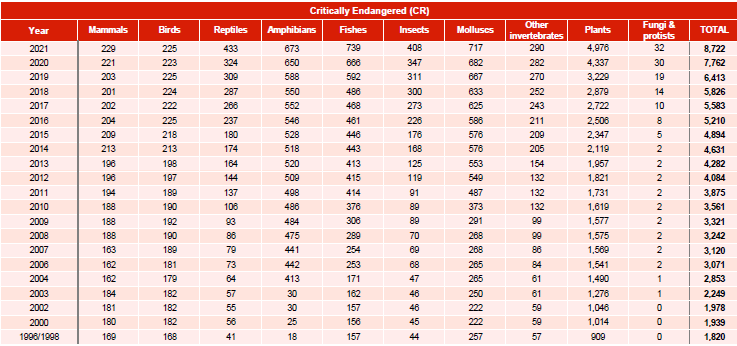
The concept of endemic species becomes important here. Do you know what’s the meaning of endemic? Have you heard from someone that a species is found only in their village or in their countryside? Or have they told you that you can’t find that particular plant or animal anywhere else in the world???
If yes, keep reading. We’ll provide you with a journey to learn about such magnificent species of the world… “THE ENDEMIC SPECIES”!
Endemic Definition
What is endemic?
Endemic by definition stands for a thing that’s only found in a defined physical-geographical place and not anywhere else in the world. So, if asked to define endemic, that is how we define it. Etymologically, endemic has arisen from two Greek words ἐν en and δῆμος demos, meaning “in, within” and “people” respectively.
Now the question arises… what is an endemic species?
Endemic species are those species that are found only in a limited, restricted, and defined area or habitat, with no traces of its populations in any other part of the world.
The biological concept of endemism
When talking about the biological concept of endemism, it could be endemic plants, endemic animals, endemic fungal species, or even endemic diseases that we are talking about. Usage of this term is very common in three Biology subjects — Epidemiology, Ecology, and Evolution.
- In Epidemiology, it stands for the concept of endemism of diseases, meaning disease or infection is always maintained at a constant baseline level even when no vector or infectious agent is transferring the causative agent from outside to inside the populations. (Endemic medical definition – any disease that’s maintained in a region without external inputs.)
Endemism of diseases ensures the ongoing presence of disease within a population! An example of an endemic disease is malaria. Malaria is endemic to nearly 99 countries in the world. (Source: Andrew J Tatem, 2010). Most of these are tropical countries like sub-Saharan African countries, Central and South American countries, and Asian countries. - Now, you must be wondering what does endemic means in Ecology and Evolution. Endemism here stands for “a state of biological species that is restricted to a certain geographical area”. This state is “endemism” and the species is “endemic species”. When discussing its biology definition, we must note that usually endemic species are characteristic of “isolated” landmasses, habitats, geographical regions, and continents that haven’t been in touch with the other parts of the world (either physically, or exchange of gene-wise).
- In Epidemiology, it stands for the concept of endemism of diseases, meaning disease or infection is always maintained at a constant baseline level even when no vector or infectious agent is transferring the causative agent from outside to inside the populations. (Endemic medical definition – any disease that’s maintained in a region without external inputs.)
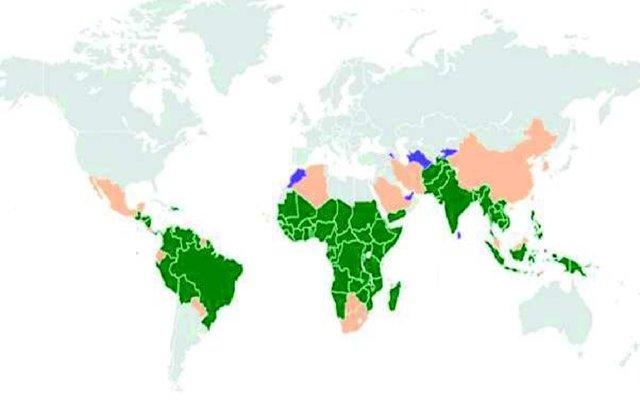
Endemic (adj.) means native to a particular area or region or an exclusive characteristic of a thing, place, or concept. The word is used to describe a species, for instance, that thrives in a particular place and is not usually found in other places. A related word is an endemism (n., def: the state of being endemic). Another is endemicity, which is defined as the quality of being endemic. Etymology: from Greek “endemos”, meaning “dwelling in a place”. Synonyms: endemial; indigenous; native.
Next in the article, we discuss several examples of endemics to lay emphasis on their irreplaceable roles in Biology.
Endemic Examples
Some examples of endemics are:
- Malaria is endemic to sub-Saharan African countries (Nigeria, the Democratic Republic of the Congo, Uganda, Mozambique, Niger), Central and South American countries (Brazil, Colombia, Peru, Venezuela, Bolivia, Ecuador), and Asian countries (Korea, India, Nepal, Sri Lanka, Philippines, Bhutan, Bangladesh).
- Trachoma is a preventable blindness disease that is very infectious. It is caused by Chlamydia trachomatis and is endemic to nearly 57 countries; African countries (Algeria, Central African Republic, Ethiopia, Kenya), American countries (Brazil, Guatemala, Peru, Colombia), Eastern Mediterranean (Pakistan, Egypt, Sudan, Yemen), Western Pacific (Papua New Guinea, Fiji, Vietnam) (Source: Trachoma- WHO Weekly Epidemiological Record, 6 August 2021)
- Syphilis, at one time, used to be endemic to the entire world. Now, it’s endemic to developing countries. In countries with major sections as middle-income or high-income, the probability rates are lower.
- Many childhood diseases are usually endemic in nature. Some examples of endemic childhood diseases are measles (one endemic in the USA), chickenpox, etc. But with proper vaccination and elimination efforts over years, many countries have aimed and eliminated such childhood endemic diseases and their transmission.
Endemic Species Definition
As discussed in the above sections, we can define endemic species as those species that have marked their presence in limited geographical territories in the world. Since they are restricted in their localization and geographical spread, the chances of these species getting endangered and extinct are more. These are also called indigenous species or unique species.
Also, the concept of “BIODIVERSITY HOTSPOTS” becomes significant here. So, what are biodiversity hotspots? These are those regions that have a “very high” number of endemic species in a “very small” area. The term biodiversity hotspot was coined in the 1980s by Norman Myers. By learning these hotspots and their individual constitutions, it can help us set our priorities right when making conservation plans.
READ: New Zealand’s Unique Flora and Fauna
Now that we have understood the meaning of endemic species, we can probably move forward and understand their importance in the disciplines of Ecology and Evolution.
In biology, the term endemic can be used to describe a species (ecology) or a disease (medicine). In ecology, an endemic species refers to a species that is native to where it is found. A species can be endemic to a particular small geographical area, such as a single island, or to a larger area, such as a continent. If it is found elsewhere, then, endemic is not the word to describe it. If the species is found in a wide range of habitats and geographic locations, then, it would be the opposite of endemism, i.e. cosmopolitan distribution.
Importance of Endemic Species
Endemic species are important because:
- As they are found in some very specific locations (usually isolated, geographically distant), these species ensure that some or the other life forms sustain in that habitat. Without any biological lives, lands go barren and become uninhabitable over years. So, such endemic species keep those lands and habitats habitable in the future by other species.
- As they are alive in those areas, they make the biodiversity richer and aid in its maintenance.
- Another big essence of endemic species is that they keep the other species of the habitat safe and away from trouble.
- They serve as the “home team” for our biosphere and ecosystems. Even if one endemic plant or animal (herbivore) is lost, further loss can’t be prevented. The carnivore depends upon the herbivore and the herbivore depends upon the plant — any impactful ecological disturbance could lead to their collapse. For each extinction of endemic species in an endemic area, further 5-10 extinctions could follow.
How Do Species Become Endemic?
Various factors lead to speciation. Examples of these factors are environmental pressure and geographical restrictions. The environmental conditions that the species are exposed to, coupled with the restrictions set by the geographical location of the species habitat (e.g. a landmass surrounded by a vast body of water), help determine the kinds of animals and plants that can thrive and propagate at a particular area. Giant tortoises (large land tortoises), for example, can be found in the islands of Ecuador. The seas surrounding the island restricted them to migrate to far islands. Thus, their population became limited to the two remote groups of tropical islands in Ecuador: the Aldabra Atoll and Fregate Island in Seychelles and the Galápagos Islands.
There are two different evolutionary routes by which species can become endemic. They are autochthonous and allochthonous routes. Let’s look at them one by one.
Autochthonous
Autochthonous refers to the phenomenon of endemism where endemic species live in a confined environment and geographical delimitation. It’s because the species evolved in such a way over time that it became adapted to the place and lost the ability to move out and establish itself in another new land. These endemics are native species.
Native species definition- A species found in an ecosystem under the effect of natural processes and evolution.
Allochthonous
Allochthonous refers to the phenomenon of endemism where endemic species originates in a different place but the natural range of the species gets cut down. Now the species has a very strict and narrow range where it grows or thrives.
Endemic Species Examples
- California coast redwood (Sequoia sempervirens)- A tree species endemic to N. California
- Chorus cicada (Amphipsalta zelandica)- An insect species endemic to New Zealand
- Emperor penguin (Aptenodytes forsteri) – A bird species endemic to Antarctica
- Bare-backed fruit bat (Dobsonia chapmani)- A mammal species endemic to the Philippines
- Arogyapacha (Trichopus zeylanicus)- A herb species endemic to India
- Orange-breasted sunbird (Anthobaphes violacea)- A bird species endemic to South Africa
- Bicolored frog (Clinotarsus curtipes)- An amphibian species endemic to the Western Ghats of India
- Tasmanian devil (Sarcophilus harrisii)- A marsupial species endemic to Tasmania
- Lemurs (of superfamily Lemuroidea)- Primates endemic to Madagascar
- Hawaiian geese (Branta sandvicensis)- A bird species endemic to the Hawaiian Islands
For more examples, we can always use the official IUCN website. Apparently, it provides all the lists for endangered species and endemic species and the overlaps between too.
Links:
- Total endemic plus threatened endemic vertebrates in all the countries
- Total endemic plus threatened endemic invertebrates in all the countries
- Total endemic plus threatened endemic plant species in all the countries
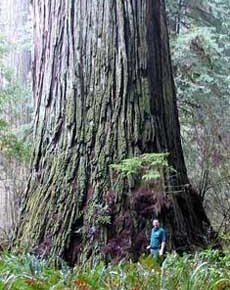
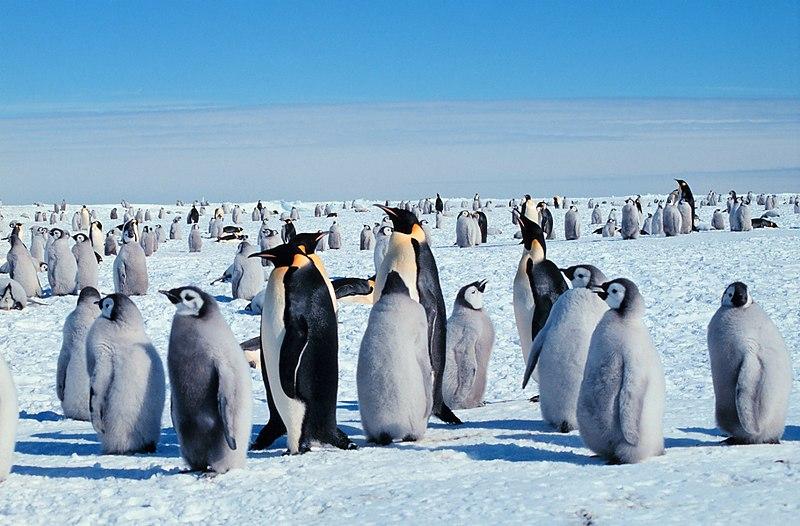
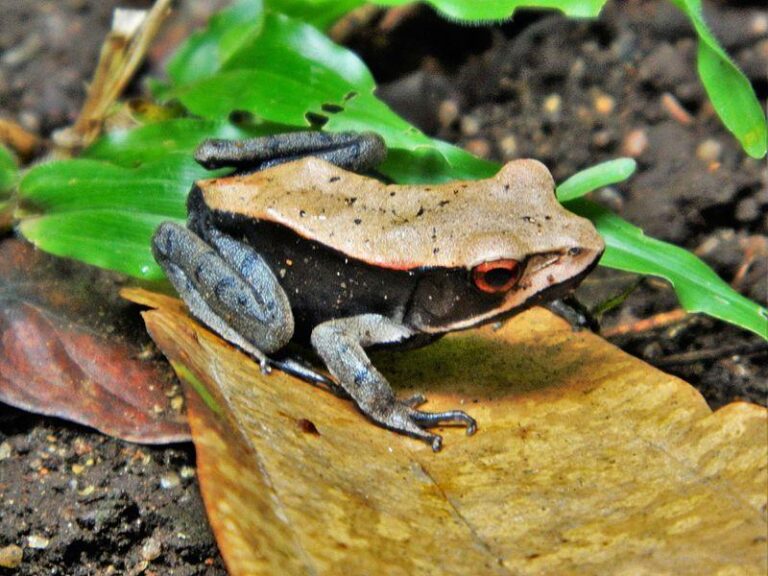
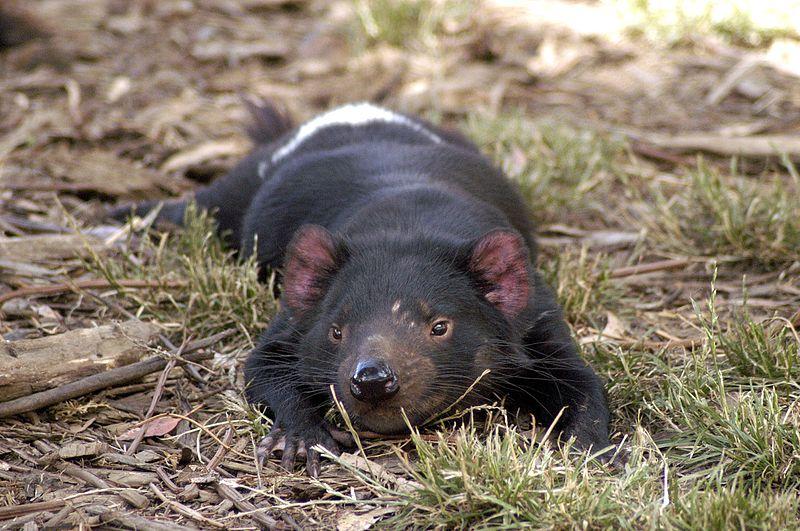
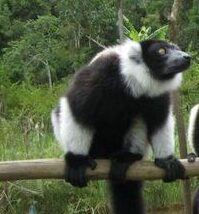
Interesting Fact
Can Covid-19 become endemic after some years?
When talking about endemic, often confusion arises how’s endemic different from epidemic and pandemic?
Endemic vs. Epidemic vs. Pandemic
- Endemic stands for a disease that’s always present in a population. It has permanence in the area or population.
- Epidemic stands for a disease that’s reflective of a “sudden outbreak”. Many people in the population are affected.
- Pandemic stands for a disease that’s spread far and wide across the globe and human intervention is unable to put a brake on its spread. It spreads only after its pre-defined manifestation.
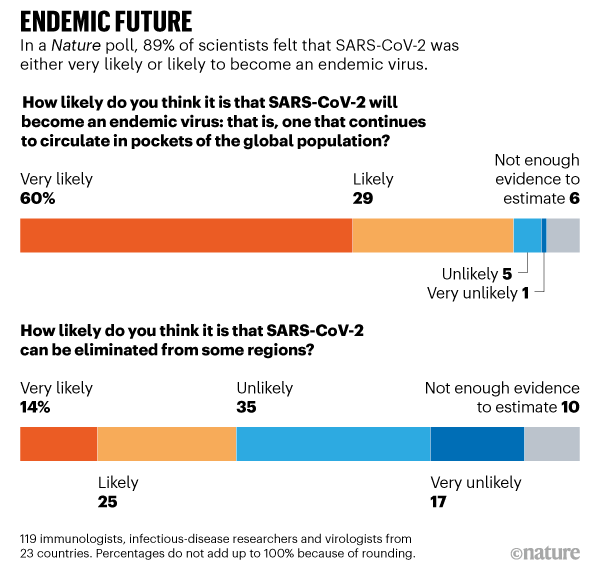
Ever since 2019, the Covid-19 pandemic hasn’t really stopped and the SARS-CoV-2 virus isn’t ready to leave us all. Wave after wave, the virus is only mutating for its own good and coming out stronger every time. Many scientists are speculating that now Covid-19/Corona will become endemic; meaning it is here to stay with us for the future. When over 100 doctors, scientists, epidemiologists, virologists, immunologists, etc were questioned in a survey by Nature, approximately 89% responded that Covid-19 is here to stay and will ONLY BECOME ENDEMIC in years to come.
Like the other four coronaviruses, scientists are speculating this deadly variant of the 2020 Pandemic to become an endemic too…
Let’s see how things unfold.
Sources:
- Phillips N. (2021) The coronavirus is here to stay — here’s what that means. Nature 590, 382-384. doi
- Harvard School of Public Health
Try to answer the quiz below to check what you have learned so far about endemic.
References
- Summary Statistics- IUCN Red List. https://www.iucnredlist.org/resources/summary-statistics
- IUCN Red List- Endangered Species- https://nc.iucnredlist.org/redlist/content/attachment_files/2021-2_RL_Stats_Table_2.pdf
- Andrew J Tatem; David L Smith; Peter W Gething; Caroline W Kabaria; Robert W Snow; Simon I Hay (2010). Ranking of elimination feasibility between malaria-endemic countries. , 376(9752), 0–1591. doi:10.1016/s0140-6736(10)61301-3
- Goel, R., Kumari, R., Singh, V., Kumari, R., Srivastava, S., & Kumar, S. (2018). Perspectives of the Artemisia annua Dry Leaf Therapy (ALT) for Malaria and of its Re-Purposement as An Affordable Cure for ArtemisininTreatable Illnesses. DOI:10.16943/PTINSA/2018/49411
- Trachoma- WHO Weekly Epidemiological Record, 6 August 2021- http://apps.who.int/iris/bitstream/handle/10665/343632/WER9631-eng-fre.pdf
- Hook E. W., 3rd (2017). Syphilis. Lancet (London, England), 389(10078), 1550–1557. https://doi.org/10.1016/S0140-6736(16)32411-4
- Tudor, M.E.; Al Aboud, A.M.; Gossman,W.G. (2021) Syphilis. In StatPearls [Internet]; StatPearls Publishing: Treasure Island, FL, US.
- Walter V Reid (1998). Biodiversity hotspots. , 13(7), 0–280. doi:10.1016/s0169-5347(98)01363-9
- Phillips N. (2021) The coronavirus is here to stay — here’s what that meansNature 590, 382-384. doi: https://doi.org/10.1038/d41586-021-00396-2
©BiologyOnline. Content provided and moderated by BiologyOnline Editors.


